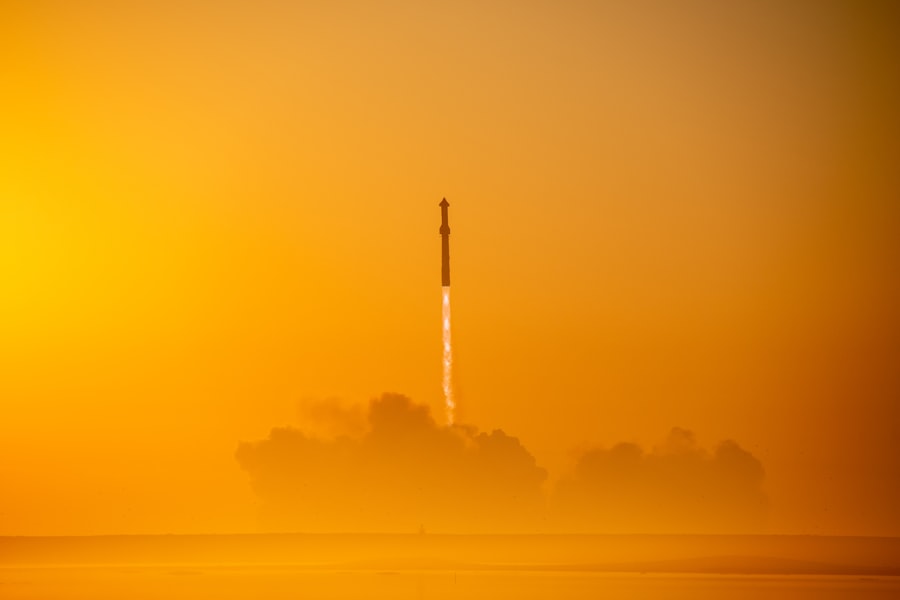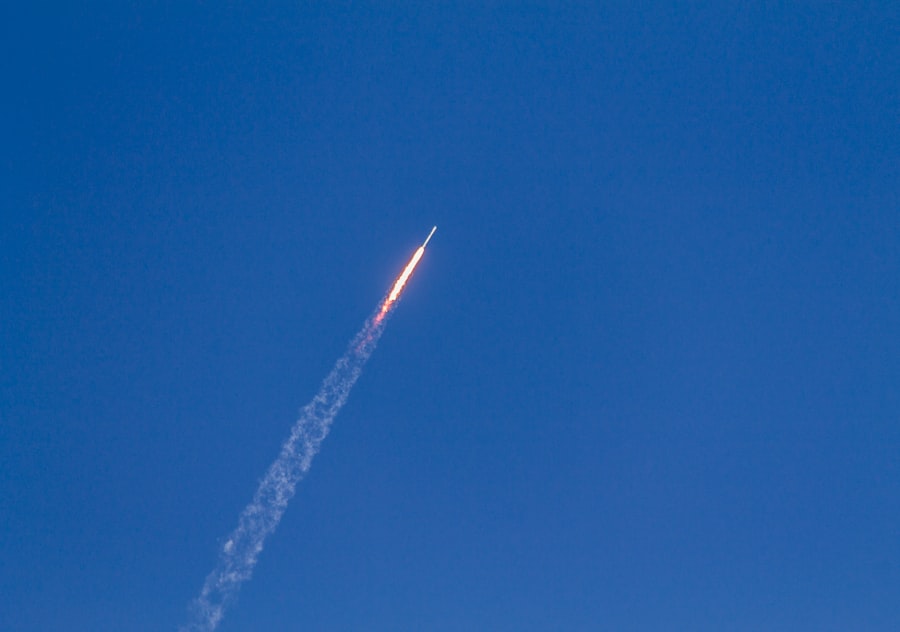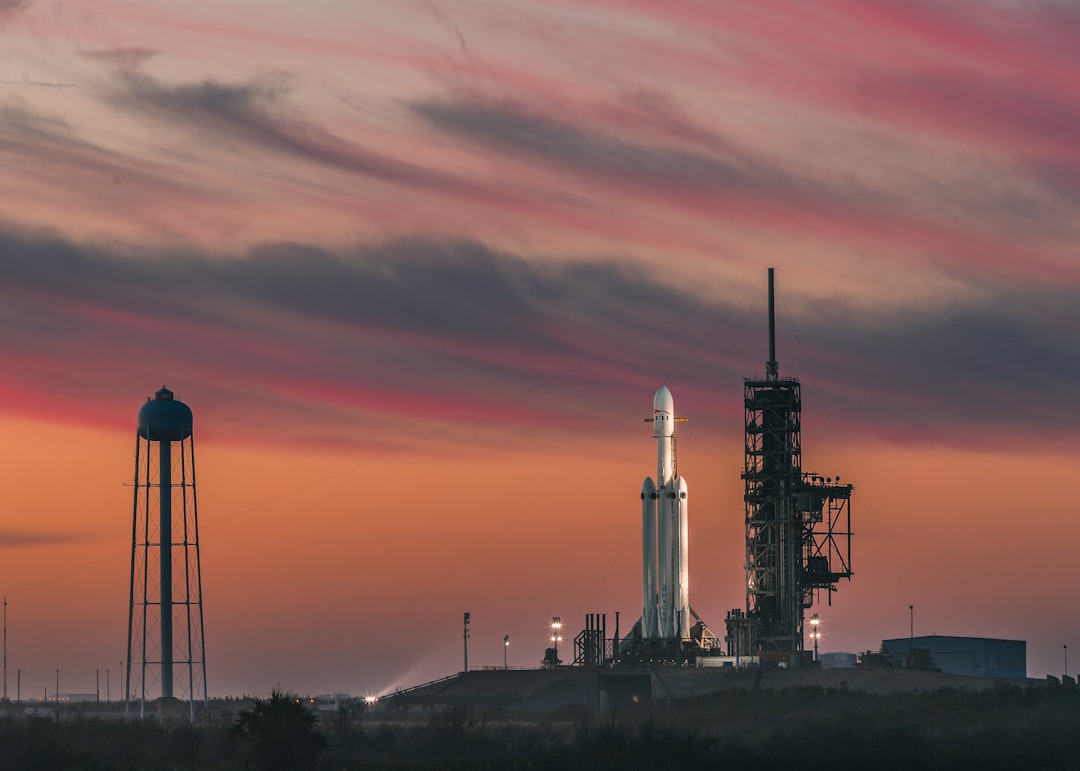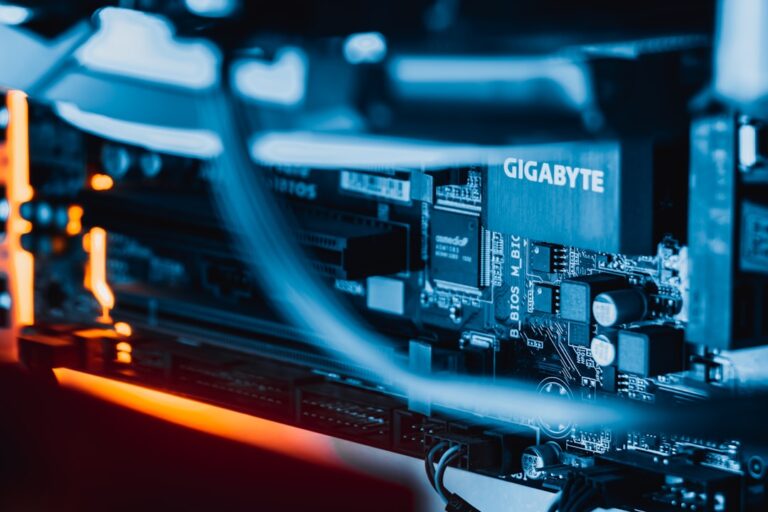The history of rocket technology is a fascinating journey that spans centuries, beginning with ancient civilizations that harnessed the power of propulsion for both warfare and entertainment. The earliest recorded use of rockets can be traced back to the 13th century in China, where gunpowder-filled tubes were used as military weapons. These early rockets, known as “fire arrows,” were rudimentary in design but laid the groundwork for future advancements.
By the 14th century, the technology had spread to the Middle East and Europe, where it was adapted for use in warfare, leading to the development of more sophisticated artillery. The 20th century marked a significant turning point in rocket technology, driven by the need for advancements in both military and scientific applications. Pioneers such as Konstantin Tsiolkovsky, Robert H.
Goddard, and Hermann Oberth made groundbreaking contributions to the theoretical and practical aspects of rocketry. Tsiolkovsky, often referred to as the father of astronautics, formulated the rocket equation that describes how rockets can achieve the necessary velocity to escape Earth’s gravitational pull. Meanwhile, Goddard successfully launched the world’s first liquid-fueled rocket in 1926, demonstrating the potential for controlled flight beyond the atmosphere.
These early experiments set the stage for the space race that would dominate the mid-20th century. The culmination of these efforts was evident during World War II with the development of the V-2 rocket by German engineer Wernher von Braun. This weapon not only showcased the destructive potential of rocket technology but also served as a precursor to post-war space exploration efforts.
After the war, many German scientists, including von Braun, were brought to the United States as part of Operation Paperclip, where they played pivotal roles in NASA’s early missions. The launch of Sputnik 1 by the Soviet Union in 1957 marked the dawn of the space age, igniting a fierce competition between superpowers and leading to monumental achievements such as the Apollo moon landings.
Key Takeaways
- Rocket technology has a long history dating back to ancient China, but modern rocketry began with the development of the V-2 rocket during World War II.
- Rocket propulsion is based on Newton’s third law of motion, where the force exerted by the rocket engine propels the rocket in the opposite direction.
- Rocket technology has revolutionized space exploration, allowing for the launch of satellites, manned missions to the moon, and the exploration of other planets in our solar system.
- Rocket technology plays a crucial role in military and defense, enabling the development of intercontinental ballistic missiles and missile defense systems.
- The future of rocket technology includes advancements in reusable rockets, nuclear propulsion, and the potential for commercial space tourism.
The Science Behind Rocket Propulsion
Rocket propulsion is grounded in fundamental principles of physics, particularly Newton’s Third Law of Motion, which states that for every action, there is an equal and opposite reaction. This principle is crucial to understanding how rockets operate: when a rocket expels gas at high speed in one direction, it experiences a thrust in the opposite direction. The efficiency and effectiveness of this propulsion depend on several factors, including the type of fuel used, the design of the rocket engine, and the overall mass of the vehicle.
There are two primary types of rocket engines: solid and liquid. Solid rocket engines utilize a pre-loaded mixture of fuel and oxidizer that burns uniformly to produce thrust. These engines are simpler in design and are often used in military applications and booster stages for space launches due to their reliability and ease of storage.
In contrast, liquid rocket engines offer greater control over thrust and can be shut down or restarted during flight. They operate by combining liquid fuel with an oxidizer in a combustion chamber, where they ignite to produce high-pressure gases that are expelled through a nozzle. This flexibility makes liquid engines ideal for missions requiring precise maneuvers, such as satellite deployment or interplanetary travel.
The design of rocket nozzles also plays a critical role in propulsion efficiency. The shape of a nozzle can significantly influence how exhaust gases expand and accelerate as they exit the engine. Converging-diverging nozzles, commonly known as de Laval nozzles, are designed to accelerate gases to supersonic speeds, maximizing thrust and efficiency.
The expansion of gases within these nozzles is governed by thermodynamic principles, which dictate how temperature and pressure change during combustion. Understanding these scientific principles allows engineers to optimize rocket designs for specific missions, balancing factors such as weight, fuel efficiency, and thrust requirements.
The Impact of Rocket Technology on Space Exploration

Rocket technology has fundamentally transformed our understanding of space and our ability to explore it. The ability to launch payloads beyond Earth’s atmosphere has enabled numerous scientific discoveries and technological advancements that have reshaped our worldview. One of the most significant impacts has been the ability to send satellites into orbit, which has revolutionized communication, weather forecasting, navigation, and Earth observation.
For instance, satellites like Hubble Space Telescope have provided unprecedented views of distant galaxies and celestial phenomena, deepening our knowledge of the universe. Moreover, human spaceflight has been made possible through advancements in rocket technology. The Apollo program exemplifies this achievement; it not only succeeded in landing humans on the Moon but also demonstrated the capabilities of rockets to transport astronauts safely through space.
The Saturn V rocket remains one of the most powerful rockets ever built, capable of carrying heavy payloads beyond low Earth orbit. This monumental achievement inspired generations and laid the groundwork for future exploration missions to Mars and beyond.
Spacecraft like Voyager 1 and 2 have traveled beyond the outer planets, providing invaluable data about our solar system’s structure and composition. The Mars rovers—such as Curiosity and Perseverance—have utilized advanced rocket technology to land on and explore the Martian surface, searching for signs of past life and preparing for future human missions.
Each successful mission builds upon previous knowledge and technological advancements, showcasing how rocket technology serves as a catalyst for scientific inquiry.
The Role of Rocket Technology in Military and Defense
| Country | Number of Rocket Technology | Application |
|---|---|---|
| United States | 1000 | Missile Defense, Space Exploration |
| Russia | 700 | Intercontinental Ballistic Missiles |
| China | 500 | Anti-ship Missiles, Space Warfare |
| India | 200 | Ballistic Missiles, Space Research |
Rocket technology has played a pivotal role in military applications since its inception. Initially developed for use in warfare during ancient times, modern rockets have evolved into sophisticated weapons systems capable of delivering precision strikes over vast distances. The development of ballistic missiles during World War II marked a significant leap in military capabilities, allowing nations to project power far beyond their borders.
These missiles can carry conventional or nuclear warheads and are designed to travel at high speeds through various phases of flight.
Both the United States and the Soviet Union invested heavily in developing intercontinental ballistic missiles (ICBMs) capable of delivering nuclear payloads across continents within minutes.
The technological innovations stemming from this competition not only enhanced military capabilities but also contributed to advancements in civilian space exploration technologies. In recent years, there has been a growing emphasis on developing missile defense systems that utilize advanced rocket technology to intercept incoming threats. Systems like the Aegis Ballistic Missile Defense and Terminal High Altitude Area Defense (THAAD) employ sophisticated radar and tracking technologies alongside interceptor rockets designed to neutralize threats before they reach their targets.
This dual-use nature of rocket technology—serving both military and civilian purposes—raises important questions about its implications for global security and stability.
The Future of Rocket Technology: Advancements and Innovations
As we look toward the future, rocket technology is poised for remarkable advancements driven by innovation and collaboration across various sectors. One area garnering significant attention is reusable rocket technology, which aims to reduce costs associated with space launches dramatically. Companies like SpaceX have pioneered reusable first-stage boosters that can land back on Earth after launch, allowing them to be refurbished and reused for multiple missions.
This innovation has already begun to reshape the economics of space travel by making it more accessible. Additionally, advancements in propulsion systems are on the horizon with concepts like electric propulsion and nuclear thermal propulsion gaining traction. Electric propulsion systems utilize ion or plasma thrusters that provide continuous thrust over extended periods while consuming significantly less propellant than traditional chemical rockets.
This technology could enable long-duration missions to distant destinations such as Mars or even beyond our solar system. Nuclear thermal propulsion represents another exciting frontier in rocketry. By using nuclear reactions to heat propellant instead of chemical combustion, these systems could achieve higher specific impulses—essentially providing more thrust per unit of fuel consumed—compared to conventional rockets.
This could drastically reduce travel times for crewed missions to Mars or other celestial bodies while enhancing safety by minimizing reliance on large quantities of chemical propellants.
Rocket Technology in Commercial Use: Satellite Launches and Space Tourism

The commercialization of rocket technology has opened new avenues for economic growth and innovation within the aerospace sector. Satellite launches have become a thriving industry as governments and private companies seek to deploy satellites for various applications ranging from telecommunications to Earth observation. Companies like SpaceX have revolutionized this market by offering cost-effective launch services through their Falcon 9 rockets, significantly lowering barriers for entry into space.
Moreover, small satellite launch vehicles have emerged as a response to increasing demand for deploying smaller payloads into orbit. Companies such as Rocket Lab have developed dedicated small launch vehicles like Electron that cater specifically to this growing market segment. This democratization of access to space allows startups and research institutions to conduct experiments or gather data without incurring exorbitant costs associated with larger launch vehicles.
Space tourism represents another exciting frontier enabled by advancements in rocket technology. Companies like Blue Origin and Virgin Galactic are actively working towards making suborbital flights accessible to civilians seeking unique experiences beyond Earth’s atmosphere. These ventures aim not only to provide thrilling experiences but also to foster public interest in space exploration while generating revenue that can fund further research and development efforts.
Environmental Impact of Rocket Technology
While rocket technology has facilitated remarkable achievements in exploration and communication, it also raises concerns regarding its environmental impact. The launch process generates significant emissions that contribute to atmospheric pollution and climate change. Traditional rocket propellants release greenhouse gases such as carbon dioxide (CO2) along with other pollutants like black carbon particles into the upper atmosphere where they can have a more pronounced warming effect than at ground level.
Additionally, solid rocket boosters often contain chlorine-based compounds that can deplete ozone in the stratosphere when released during launches. As space traffic increases with more frequent launches planned by both governmental agencies and private companies alike, understanding these environmental implications becomes increasingly critical. Efforts are underway within the aerospace community to develop greener alternatives for propulsion systems that minimize harmful emissions while maintaining performance standards required for successful launches.
Research into biofuels or hybrid propulsion systems aims to strike a balance between operational efficiency and environmental responsibility—a challenge that will require collaboration among scientists, engineers, policymakers, and industry stakeholders.
Ethical Considerations in the Development and Use of Rocket Technology
The rapid advancement of rocket technology brings forth ethical considerations that must be addressed as we navigate its implications for society at large. One pressing concern revolves around militarization; as nations continue investing heavily in developing advanced missile systems capable of delivering devastating payloads across great distances, questions arise regarding global security dynamics and arms control measures necessary to prevent escalation into conflict. Furthermore, issues related to space debris pose ethical dilemmas regarding our responsibility toward preserving outer space environments for future generations.
With thousands of satellites currently orbiting Earth alongside defunct spacecraft remnants left behind from previous missions—often referred to as “space junk”—the risk posed by collisions increases exponentially as more entities enter this domain seeking commercial opportunities. Finally, considerations surrounding equitable access to space must be addressed as commercial ventures expand their reach into this realm traditionally dominated by government agencies. Ensuring that all nations have opportunities for participation while preventing monopolization by a select few companies will require thoughtful regulation alongside international cooperation aimed at fostering inclusivity within this burgeoning industry.
In conclusion, while rocket technology continues pushing boundaries across various domains—from exploration endeavors beyond our planet’s atmosphere down through military applications—the ethical implications surrounding its development warrant careful consideration moving forward into an increasingly interconnected world where collaboration will be essential for sustainable progress.
In the realm of visualizing complex relationships and testing the validity of various concepts, Venn diagrams serve as a powerful tool, much like the intricate design and engineering that goes into the development of a rocket. Both require precision, clarity, and a deep understanding of the elements involved to achieve their intended purpose. For those interested in exploring how Venn diagrams can be used to visualize relationships and test validity, you can read more in the article titled “The Power of Venn Diagrams: Visualizing Relationships and Testing Validity” available at this link.





















+ There are no comments
Add yours